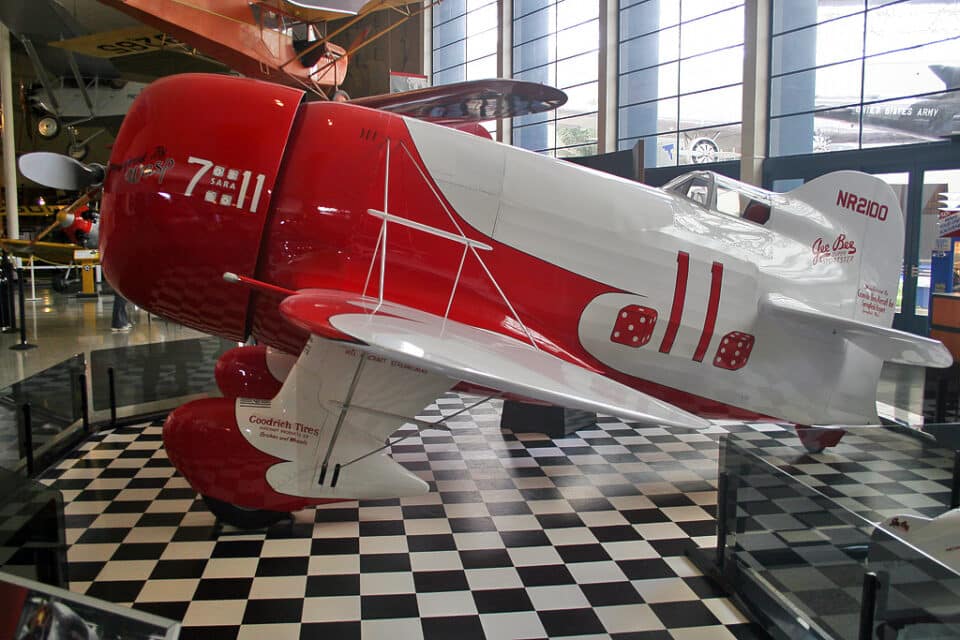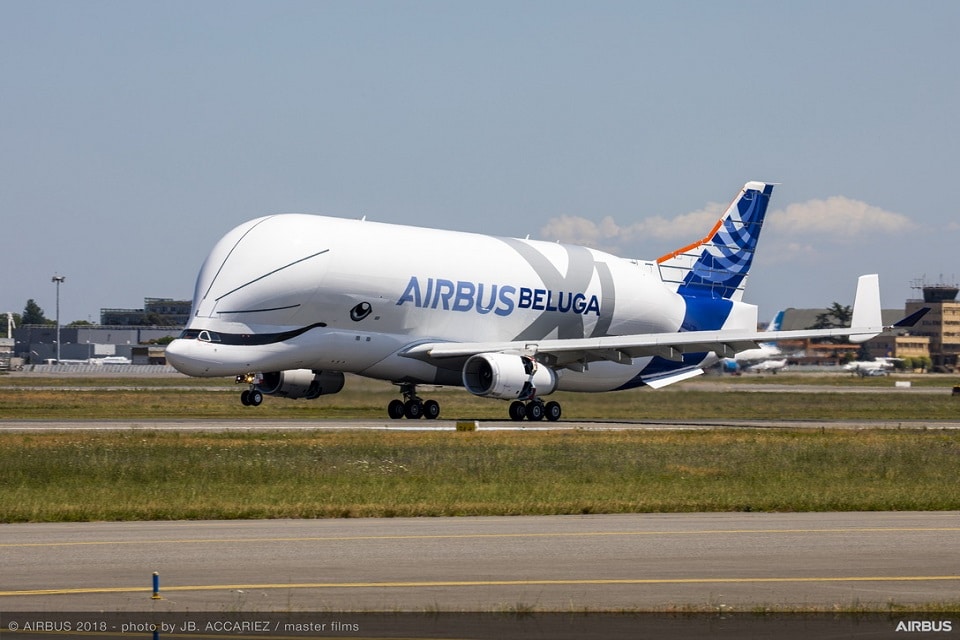Aerospace
Worlds Ugliest Aircraft
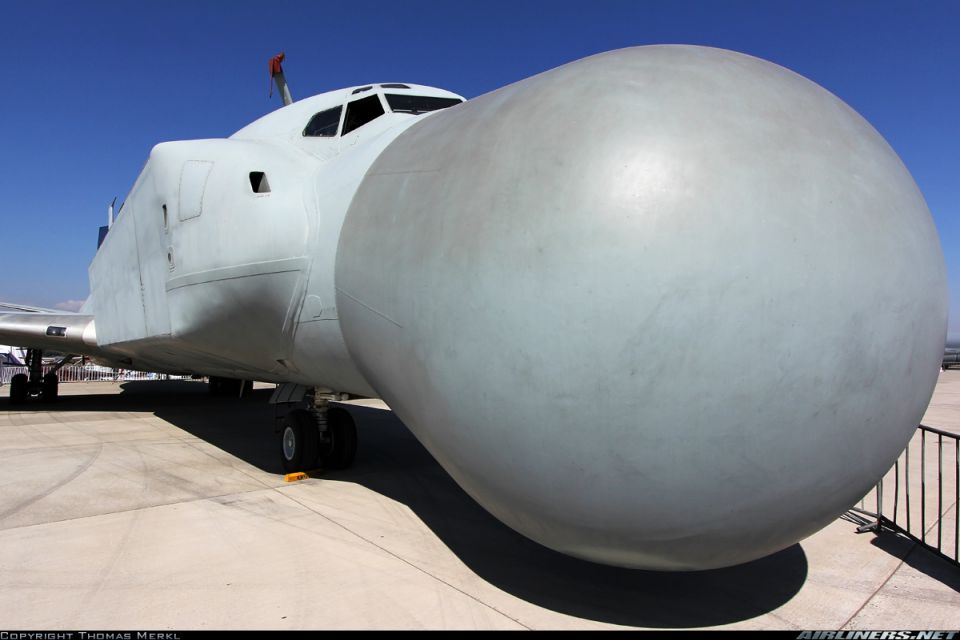
The Super Guppy
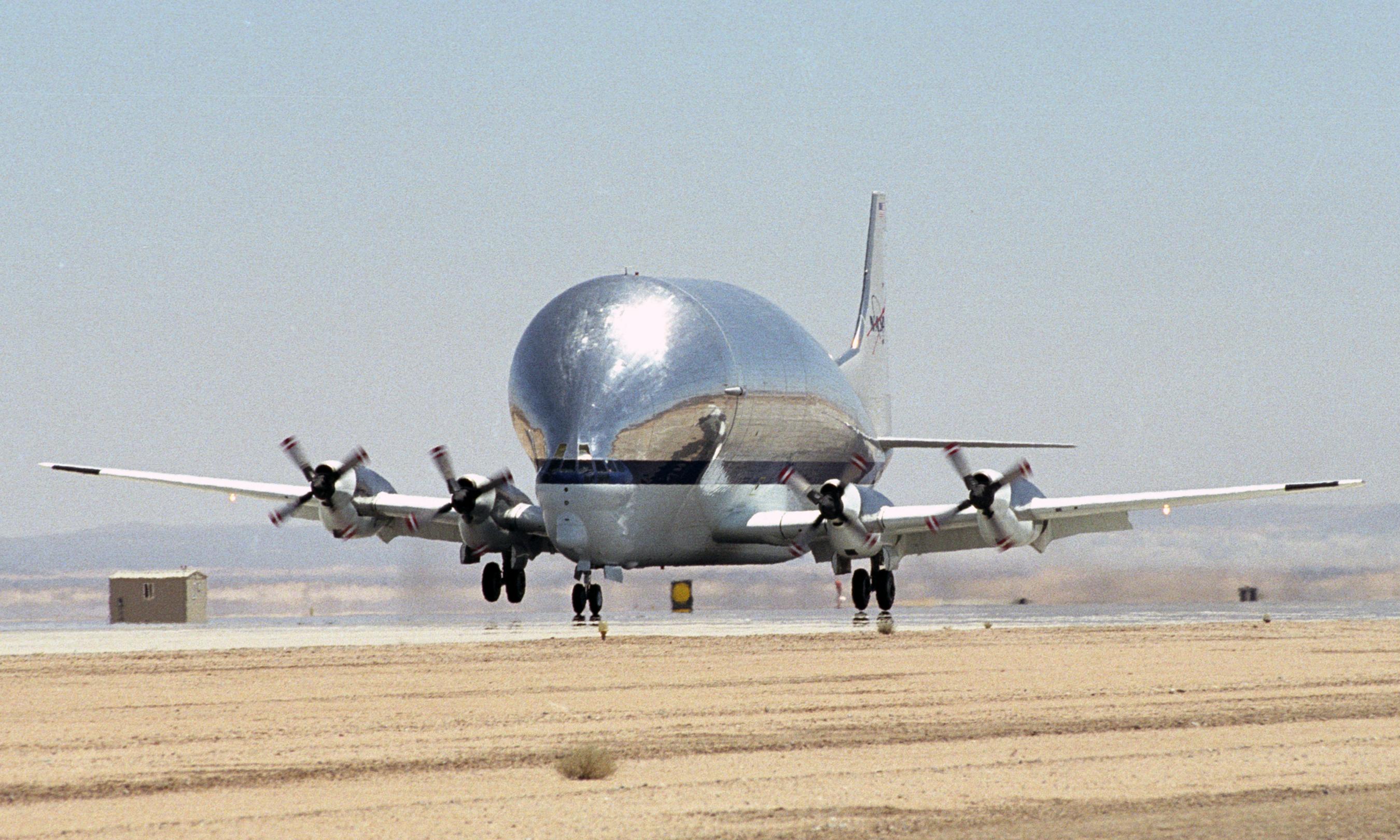
The Aero Spacelines Super Guppy is a large, wide-bodied cargo aircraft that is used for hauling outsize cargo components. It was the successor to the Pregnant Guppy, the first of the Guppy aircraft produced by Aero Spacelines. Five were built in two variants, both of which were colloquially referred to as the “Super Guppy”
The first, the Super Guppy, or “SG”, was built directly from the fuselage of a C-97J Turbo Stratocruiser, the military version of the 1950s Boeing 377 “Stratocruiser” passenger plane. The fuselage was lengthened to 141 feet (43 m), and ballooned out to a maximum inside diameter of 25 ft (7.6 m), the length of the cargo compartment being 94 ft 6 in (28.8 m). The floor of the cargo compartment was still only 8 ft 9 in (2.7 m) wide, as necessitated by the use of the Stratocruiser fuselage.
In addition to the fuselage modifications, the Super Guppy used Pratt & Whitney T-34-P-7 turboprop engines for increased power and range, and modified wing and tail surfaces. It could carry a load of 54,000 pounds (24,494 kg) and cruise at 300 mph (480 km/h).
De-Havilland-DH-106-Comet-C4-aircraft

Courtesy: Wikipedia
The de Havilland DH.106 Comet was the world’s first commercial jet airliner. Early Comet models suffered from metal fatigue, causing a string of accidents. The redesigned Comet 4 series enjoyed a long and productive career of over 30 years.Was operated by Royal Aircraft Establishment Bedford on Nimrod AEW radar trials. The aircraft was later scrapped at Bedford.
McDonnell XF-85
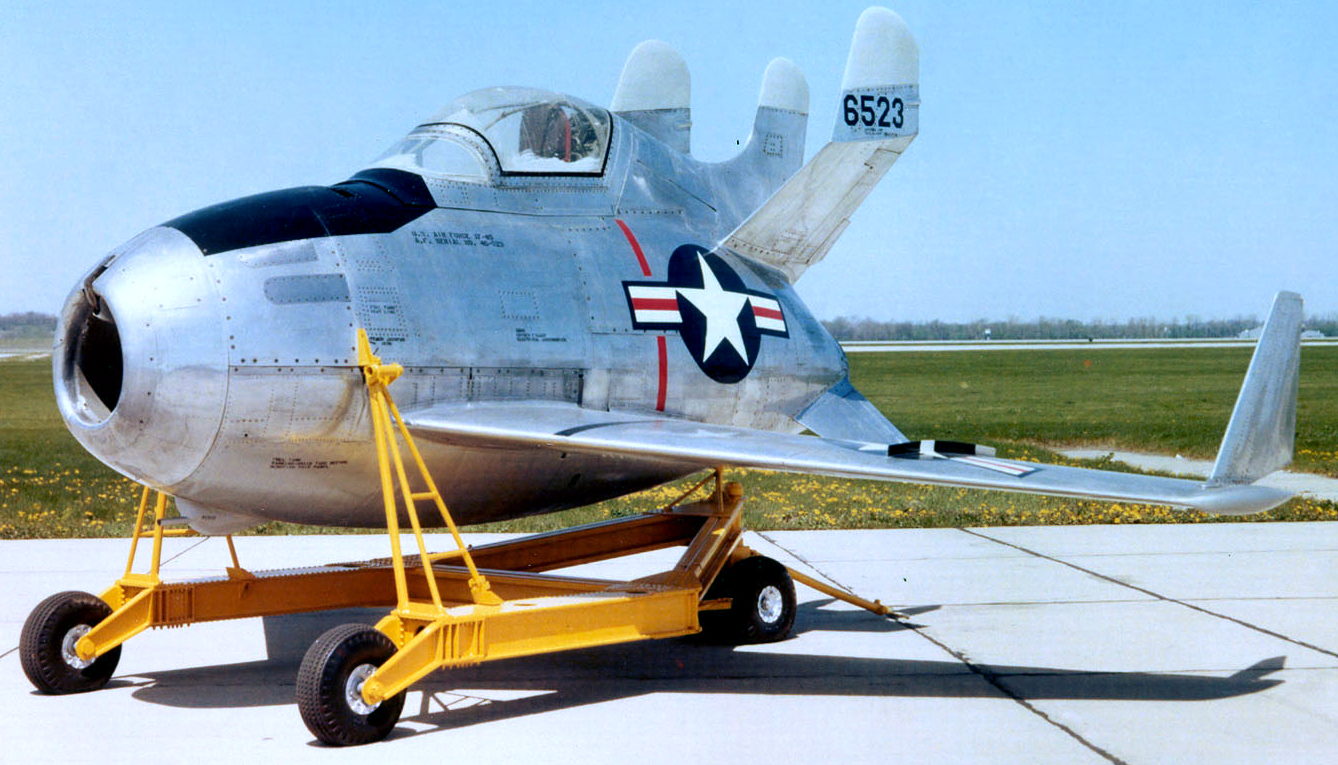
McDonnell XF-85 Goblin – Wikipedia
The McDonnell XF-85 Goblin was an American prototype fighter aircraft conceived during World War II by McDonnell Aircraft. It was intended to be deployed from the bomb bay of the giant Convair B-36 bomber as a parasite fighter. The XF-85’s intended role was to defend bombers from hostile interceptors, a need demonstrated during World War II. Two prototypes were constructed before the program was terminated.
Transavia PL-12 Airtruk

Courtesy: Wikipedia
The Transavia PL-12 Airtruk is a single-engine agricultural aircraft designed and built by the Transavia Corporation inAustralia. The Airtruk is a shoulder-wing strut braced sesquiplane of all-metal construction, with the cockpit mounted above a tractor engine and short pod fuselage with rear door. The engine cowling, rear fuselage and top decking are of fibreglass. It has a tricycle undercarriage, the main units of which are carried on stub wings. It has twin tail booms with two unconnected tails. Its first flight was in 22 April 1965, and was certified on 10 February 1966The Airtruk is also sometimes known as the Airtruck. Because the name “Airtruck” was registered by the New Zealand companies Bennett Aviation Ltd and Waitomo Aircraft Ltd, for their PL-11, Transavia found another name for their PL-12 (“Airtruk”)
The PL-11 Airtruck

Courtesy: Wikipedia
The PL-11 Airtruck was in fact a successful crop-duster, appreciated by the pilots who flew it for a living. Only two were built, in New Zealand, but some of the 118 examples of its successor, the Australian Transavia PL-12 Airtruk, are still at work all over the world. The Airtruck and Airtruk were designed for a specific job—aerial application—rather than adapting a conventional airplane to the task. The pilot was placed high above both the engine and the chemicals hopper, rather than sitting between them waiting to be crushed in a crash, and the perch gave him a superb view for low-level maneuvering.
The Deux-Ponts
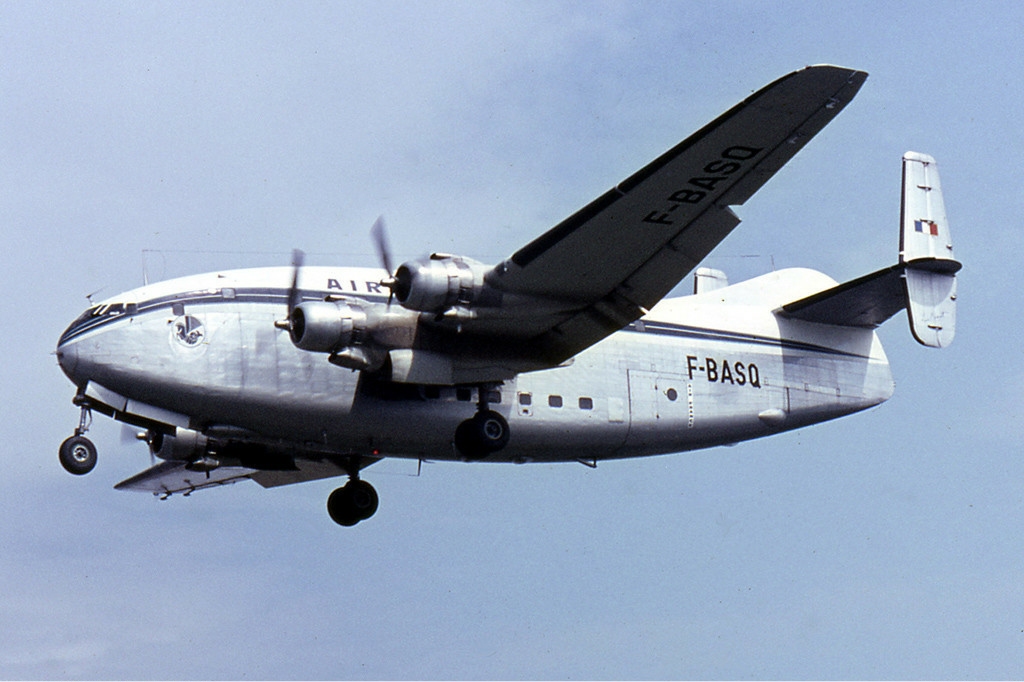
Courtesy: Wikipedia
If the Lockheed Constellation was a dolphin, the Deux-Ponts was a manatee. Yet it was an excellent airplane, flying for Air France, the French Armée de l’Air and a few smaller operators from 1952 through 1971. With two full passenger decks, it could seat 135 in a pinch, substantially more than its only double-deck competition, the Boeing 377 Stratocruiser—which in fact had only a partial lower deck configured as a cocktail lounge. But it was unpressurized and had a capacity far beyond what any airline of the time needed.
Short Sturgeon SB3

Courtesy: Wikipedia
The Short Sturgeon was a planned British carrier-borne reconnaissance bomber whose development began during Second World War with the S.6/43 requirement for a high-performance torpedo bomber, which was later refined into the S.11/43 requirement which was won by the Sturgeon. With the end of the war in the Pacific production of the aircraft carriers from which the Sturgeon was intended to operate was suspended and the original reconnaissance bomber specification was cancelled
Boeing – Phalcon 707

Courtesy: Wikipedia
The EL/M-2075 is a solid-state L-band conformal array radar system for use on a Boeing 707 and other aircraft. Phalcon, as the complete AEW mission suite is referred to, is intended for airborne early warning, tactical surveillance of airborne and surface targets and intelligence gathering. It also integrates the command and control capabilities needed to employ this information
The system can be fitted to a number of aircraft, including the Boeing 707, Boeing 767, Boeing 747 series aircraft. Under a contract signed with Chile in 1989, the first Phalcon system to be installed was fitted to a former LanChile Boeing 707, and was first flown in 1993. In May 1994 the aircraft was delivered to the Chilean Air Force, where it is known as the Condor.
Avro Shackleton
Courtesy: Wikipedia
The Avro Shackleton was a British long-range maritime patrol aircraft for use by the Royal Air Force (RAF) and the South African Air Force (SAAF). It was developed by Avro from the Avro Lincoln bomber, itself being a development of the famous wartime Avro Lancaster bomber. The type is named after the polar explorer Sir Ernest Shackleton.
Entering service with the RAF in 1951, the Shackleton was used primarily in the anti-submarine warfare (ASW) and maritime patrol aircraft (MPA) roles; it also became used as a search and rescue (SAR) platform and for performing several other secondary roles such as being a troop-transport. In later life, a small number of the RAF’s Shackletons were subsequently adapted for airborne early warning (AEW) duties, performing in this capacity until the type’s retirement in 1991. The Shackleton was also procured by South Africa, and would be operated by the SAAF between 1957 and 1984.
RAF victor
The Handley Page Victor was a Britishjet-power edstrategic bomber, developed and produced by the Handley Page Aircraft Company, which served during the Cold War. It was the third and final of the V-bombers operated by the Royal Air Force(RAF), the other two V-bombers being the Avro Vulcan and the Vickers Valiant. The Victor had been developed to perform as part of the United Kingdom’s airborne nuclear deterrent. In 1968, the type was retired from the nuclear mission following the discovery of fatigue cracks, which had been exacerbated by the RAF’s adoption of a low-altitude flight profile to avoidinterception.
Classic Collections
GeeBee
The Gee Bee Model R Super Sportster was a special purpose racing aircraft made by Granville Brothers Aircraft of Springfield, Massachusetts at the now-abandoned Springfield Airport (Massachusetts). Gee Bee stands for Granville Brothers. The 1932 R-1 and its sister plane, the R-2, were the successors of the previous year’s Thompson Trophy-winning Model Z.
hughes XH-17 , helicopter

Courtesy: Wikipedia
The XH-17 “Flying Crane” was the first helicopter project for the helicopter division of Hughes Aircraft. The XH-17, which had a two-bladed main rotor system with a diameter of 134 feet (41 m), was capable of flying at a gross weight of more than 50,000 pounds (23,000 kg).
How has Boeing’s B787 dreamliner turned into a nightmare?
Kamov Ka-226

Courtesy: Wikipedia
The Kamov Ka-226 “Sergei” is a small, twin-engined Russian utility helicopter. The Ka-226 features an interchangeable mission pod, rather than a conventional cabin, allowing the use of various accommodation or equipment configurations. The Ka-226 entered service in 2002.
‘No need to revamp the cockpit crew alerting system in B737 max 10’ – Boeing
Boeing Dream Lifter

Courtesy: Wikipedia
Who will win the Indian Navy’s new fighter jet contract? F/A 18 or Rafale
The Boeing 747 Dreamlifter (formerly Large Cargo Freighter or LCF) is a wide-body cargo aircraft. Cargo is placed in the aircraft by the world’s longest cargo loader. It is an extensively modified Boeing 747-400 and is used exclusively for transporting 787 aircraft parts to Boeing’s assembly plants from suppliers around the world.
The Beluga

Courtesy: Wikipedia
The Airbus A300-600ST (Super Transporter) or Beluga, is a version of the standard A300-600 wide-body airliner modified to carry aircraft parts and oversized cargo. It was officially called the Super Transporter at first, but the name Beluga became popular and has now been officially adopted.

Airbus The BelugaXL delivers an “extra-large” role for its team
In 1991 Aérospatiale and DASA, two of the major Airbus partners, formed a company to develop a replacement. The starting point was the design for the wide-body twin-enginedAirbus A300: the wings, engines, landing gear, and the lower part of the fuselage are the same as the A300 while the upper part of the fuselage is an enormous horseshoe-shaped structure 7.7 m (25 ft) in diameter
They are ugly but their work contribution towards Aviation industries is Tremendous and Unique , We love this aircraft all time.
Source: Respective-companies-media-press. Wikipedia,
Twitter: #Worlds_Ugliest_Aircraft.
Share this Article to your friends and Family.

Aerospace
Indigo will soon launch Air Taxi Service in India

InterGlobe Enterprises, the parent brand of IndiGo, is set to revolutionize travel in India with its upcoming air taxi service.
Scheduled for a potential launch in 2026, this innovative venture promises a seamless journey for passengers between two bustling hubs. Delhi and Gurgaon in Haryana. The forthcoming service is projected to revolutionize the daily commute, offering passengers a swift aerial journey covering the distance in a mere 7 minutes.
This remarkable efficiency contrasts starkly with the conventional 90-minute drive, underscoring the immense time-saving potential for commuters. The anticipated fare, ranging from Rs 2,000-3,000, makes this innovative mode of transport not only swift but also remarkably competitive in pricing.
At the heart of this ambitious endeavor lies a strategic partnership with Archer Aviation, a pioneer in electric vertical takeoff and landing (eVTOL) aircraft technology. Under this collaboration, Archer will supply 200 state-of-the-art eVTOL aircraft, representing an investment of US$ 1 billion. These cutting-edge aircraft, capable of accommodating up to four passengers alongside the pilot, epitomize the future of sustainable air travel.
Powered by six battery packs, Archer’s eVTOL aircraft boast rapid charging capabilities, enabling a swift turnaround between flights. With a charging time of just 30-40 minutes, these eco-friendly aircraft ensure minimal downtime, maximizing operational efficiency.
Similar services are anticipated to be introduced by the joint venture in Bengaluru and Mumbai as well. Nevertheless, the service rollout period has not yet been made public by the company. Next year, it is anticipated to get its certification. Following this, the company will start the certification procedure with the Directorate General of Civil Aviation (DGCA).
Aerospace
Which is bigger 777x or 787 aircraft ?

The 777X is a new series of the Boeing 777 family and is designed to be larger and more efficient than its predecessor. It features two variants: the 777-8 and the 777-9, being the larger of the two.
The Boeing 777X emerges as the larger sibling within the Boeing family, representing a significant leap forward in both size and efficiency. Comprising two variants, the 777-8 and the 777-9, the latter takes the crown as the larger of the two. With its expansive fuselage and impressive wingspan, the 777X is tailored for long-range journeys and boasts a substantial passenger capacity.
On the other hand, the Boeing 787, affectionately known as the Dreamliner, occupies a niche in the market as a smaller yet formidable aircraft designed for medium to long-range flights. Its distinguishing feature lies in its composite fuselage, a technological marvel that renders it lighter and more fuel-efficient compared to conventional aluminum counterparts. The Boeing 777X is larger than the Boeing 787 aircraft.
When it comes to passenger capacity, the 777-9 reigns supreme, typically accommodating a sizeable contingent of 400-425 passengers in its standard configuration. In contrast, the 787, with its more modest dimensions, typically carries between 240-290 passengers, depending on the variant and layout.
One of the remarkable innovations introduced with the 777X is its folding wingtips, a feature designed to address the logistical challenges of accommodating such a large aircraft in conventional airport gates. These folding wingtips enable the 777X to retract its wings, allowing it to fit into gates designed for smaller aircraft while still reaping the benefits of an extended wingspan during flight, thereby enhancing fuel efficiency and operational flexibility
Aerospace
China Secures Production Certificate for Mass Production of Pilotless eVTOL Aircraft

The first passenger-carrying pilotless electric vertical takeoff and landing (eVTOL) aircraft in the world, the EH216-S, has received the Production Certificate for its eVTOL aircraft from the Civil Aviation Administration of China (CAAC).
This is a significant milestone for EHang Holdings Limited, the leading UAM technology platform company in the world. This outstanding accomplishment is another big step towards mass manufacturing for the eVTOL aircraft and the ensuing commercial operations, building on the ground-breaking acquisition of the Type Certificate and the Standard Airworthiness Certificate for the EH216-S.
The PC is a crucial certificate that the aircraft maker receives from the CAAC, the country’s aviation authority. By obtaining this certificate, EHang has demonstrated that it has set up a quality management system for mass production that satisfies the airworthiness regulation standards set forth by the CAAC, and the company has been given permission to continue producing mass quantities.
It is also a strong guarantee of the calibre of the goods made by EHang. Raw materials, supplier management, manufacturing organisation, production quality control, aircraft pre-delivery test, after-sales repair and maintenance, etc. are all included in the mass production quality management system for the EH216-S.
To ensure that every aircraft and its components that roll off the production line strictly adhere to the approved type design and safety requirements, the system sets clear guidelines and documentation for every step in the production procedure. This ensures comprehensive traceability and safety control.


